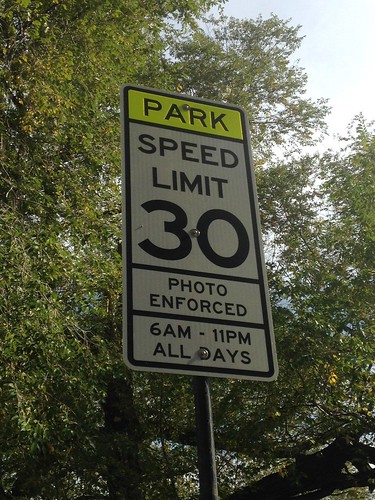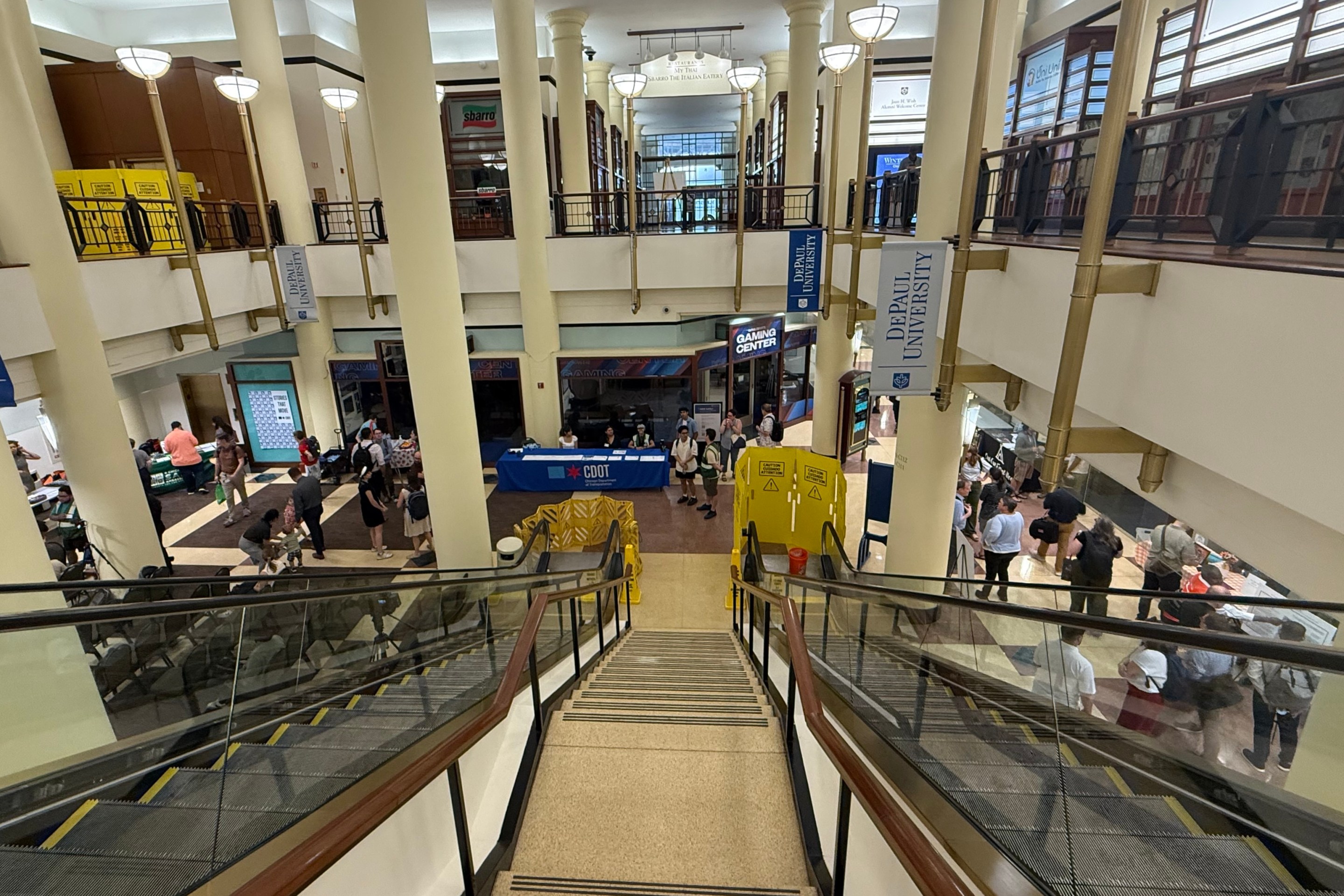
Tuesday night, the Chicago Tribune hosted a discussion of its red light camera coverage with members of its investigative reporting team. During the Q & A session, I noted that 48 pedestrians were killed and 398 were seriously injured in Chicago in 2012, the most recent year that we have accurate data for. “It doesn’t seem like you guys have done much coverage about what can be done to address Chicago’s crash epidemic,” I said. “Are there any plans for a multi-part series to address this issue?”
“The issue isn’t really whether or not there's a pedestrian fatality problem in Chicago,” responded Jim Webb, political editor for Chicago, Cook County and Illinois. "The issue is what the city [should do] about the pedestrian fatality problem.” Webb asserted that while Mayor Emanuel has touted the safety benefits of red light and speed cameras, the paper has found that the cams aren’t as beneficial as advertised.
Afterwards, Webb sent me a couple of links to Tribune stories questioning the effectiveness of traffic cameras in reducing crashes. A November 2011 piece reported that fewer than half of Chicago's 251 pedestrian fatalities between 2005 and 2009 occurred within "safety zones" -- the areas near schools and parks where the speed cams can legally be installed. A March 2012 article reported that Emanuel had handed reporters a study that overstated the effectiveness of existing red light cameras in reducing deaths at Chicago intersections.
In both cases, City Hall should have conveyed the safety effect of cameras better, but the Trib also neglected to give readers an accurate picture of the existing research. The fact that automated traffic enforcement saves lives is settled science, and yet the Trib still frames it as a matter of "camera advocates" debating "critics." Reading the Trib's reporting on the subject, you would think the enforcement cameras are a purely speculative venture with no proven track record.
To the contrary, a 2011 study by the Insurance Institute for Highway Safety found that red light camera programs in 14 large cities reduced the rate of fatal red light running crashes by 24 percent. And a 2010 review of 28 studies of automated speed enforcement programs found they were uniformly successful in decreasing speeding and fatality rates.
The effect of speed and red light cameras is not some great mystery, nor is it an issue that partisans haggle over with no true answer, as the Tribune would have it. Automated enforcement works, and while it's far from the only tool Chicago will need in order to drastically reduce traffic deaths, it will have to play a significant role here. The Trib's failure to inform readers about how enforcement cameras save lives is making that harder.
As evidence that the paper does, in fact, care about pedestrian safety, Webb cited three articles by transportation reporter Jon Hilkevitch. One was a January 2013 story looking at the dangers faced by kids walking near schools. Two other articles covered how the city has ramped up crosswalk striping and traffic calming installation, and crosswalk enforcement stings. (Webb didn't mention it, but the Trib editorial page also endorsed speed cams in 2011.)
So, about the best you could say about the Trib's actual reporting is that it doesn't ignore the issue of traffic fatalities. But the paper also doesn't bring the same tenacity -- the same willingness to get in City Hall's face and compel action -- to street safety as it does to, say, red light tickets issued after the yellow light lasted imperceptibly less than three seconds.
While Webb acknowledged Chicago's street safety problem at the forum, the material he sent to me doesn't convey the severity of the issue. Chicago's traffic fatality rate is far behind the safest American cities like New York and Boston, and even farther behind leading global peers. Only once did the Trib mention Chicago's street safety record compared to another city -- and that was to chide police superintendent Garry McCarthy for flubbing the stat. McCarthy said Chicago's per capita pedestrian death rate was 68 percent worse than New York's, when it was really the cities' overall traffic death rates in the comparison.
Chew that over for a minute. Last year, there were 124 fatal crashes in Chicago -- a number that understates traffic deaths because some crashes resulted in multiple fatalities. If our city’s streets were as safe as New York's, dozens of people wouldn't have lost their lives. Chicago's crash rate is even worse compared to world leaders like Berlin, London, and Stockholm, where traffic fatality rates are as low as one-third of ours. Just think how many lives would be saved here if we achieve that kind of safety record.





